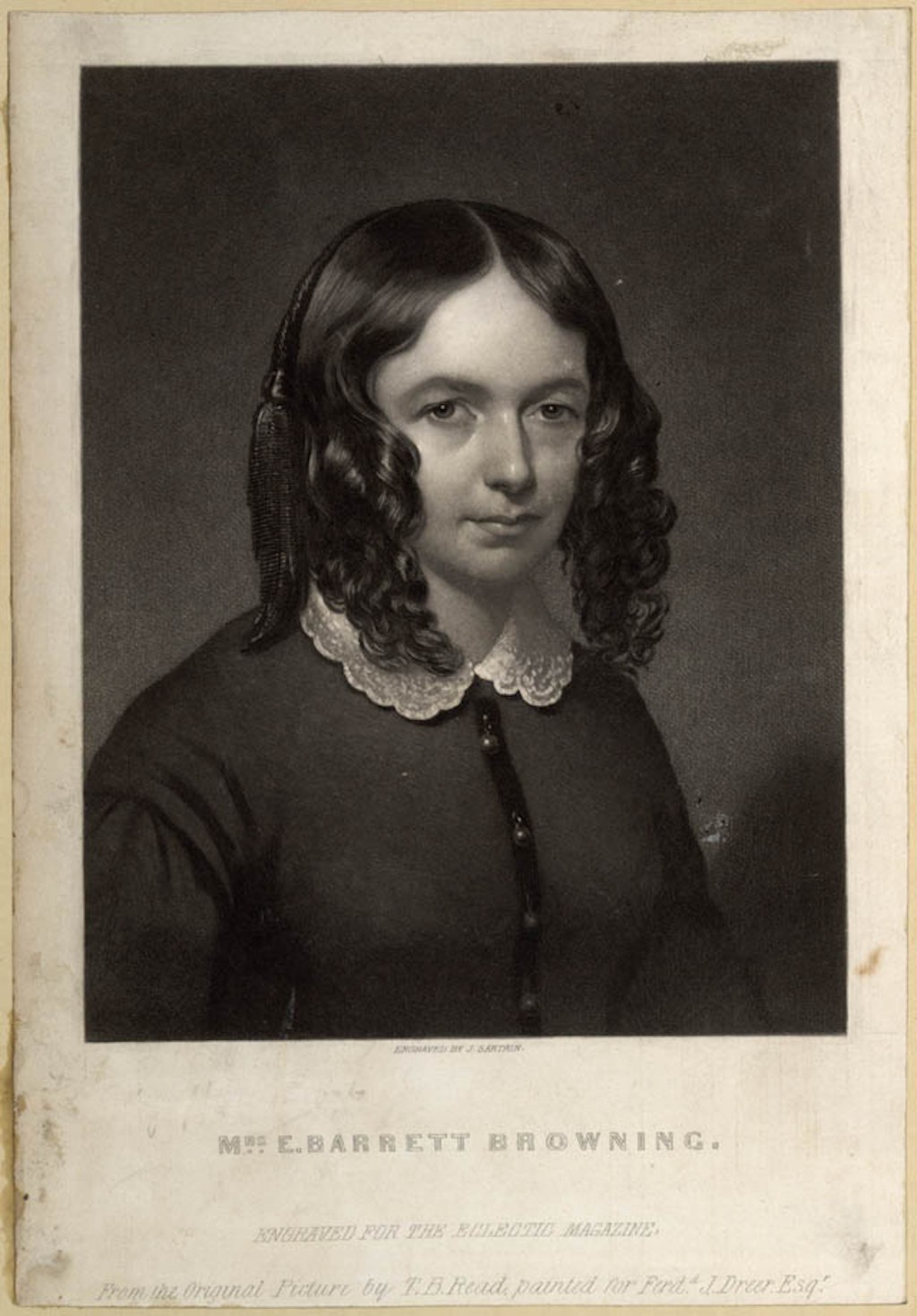

To deflect the embarrassment of personal exposure the sequence was given the title Sonnets from the Portuguese, implying that the poems were translations of centuries-old originals. Since Shakespeare's." The sonnets were included in the new edition of Barrett Browning's Poems, published in 1850. Browning later said, "Iĭared not reserve to myself the finest sonnets written in any language īecause of the sonnets' intimate content, the couple discussed the question of whether they were to be published. How I see the gesture, and hear the tones. Once wrote some poems about you?' - and then - 'There they are, if youĬare to see them.'. and next morning she said hesitatingly 'Do you know I Putting one's love into verse " But one day, " I said something else on the He later wrote, "all this delay, because I happened early to say something against However, she apparently didn't show the sonnets to Browning until they were living in Italy.

If he does’nt, he ought." ( 22 July 1846) Does not Solomon say that ‘there is a time to read what is written’. She apparently hinted at the poems' existence in one of her meetings with Browning in the weeks before their marriage when he asked to see them, she responded, "You shall see some day at Pisa what I will not show you now. References to the events of their courtship. Marriage and elopement to Italy, Elizabeth Barrett wrote a sonnet sequence that is filled with That she and Browning were falling in love and planning their secret The one who says this said that when he was twenty one he did not need any advice given him by the one who already experienced being loved.Elizabeth Barrett Browning photographed in May 1861

The one who says this said that when he was twenty one he did not need any advice given him by the one who already experienced being loved. In this guide, we use female pronouns for the speaker and male pronouns for the beloved, but the poem itself does not specify these genders and is open to other interpretationsģ. Although the poem is traditionally interpreted as a love sonnet from Elizabeth Barrett Browning to her husband, the poet Robert Browning, the speaker and addressee are never identified by name. It is her most famous and best-loved poem, having first appeared as sonnet 43 in her collection Sonnets from the Portuguese (1850). How do I love thee? Let me count the ways” is a sonnet by the 19th-century poet Elizabeth Barrett Browning.

She also expresses all the different ways of loving someone and she tells us about her thoughts around her beloved.Ģ. In the poem she is trying to describe the abstract feeling of love by measuring how much her love means to her. 1.'Sonnet 43' is a romantic poem, written by Elizabeth Barrett Browning.


 0 kommentar(er)
0 kommentar(er)
